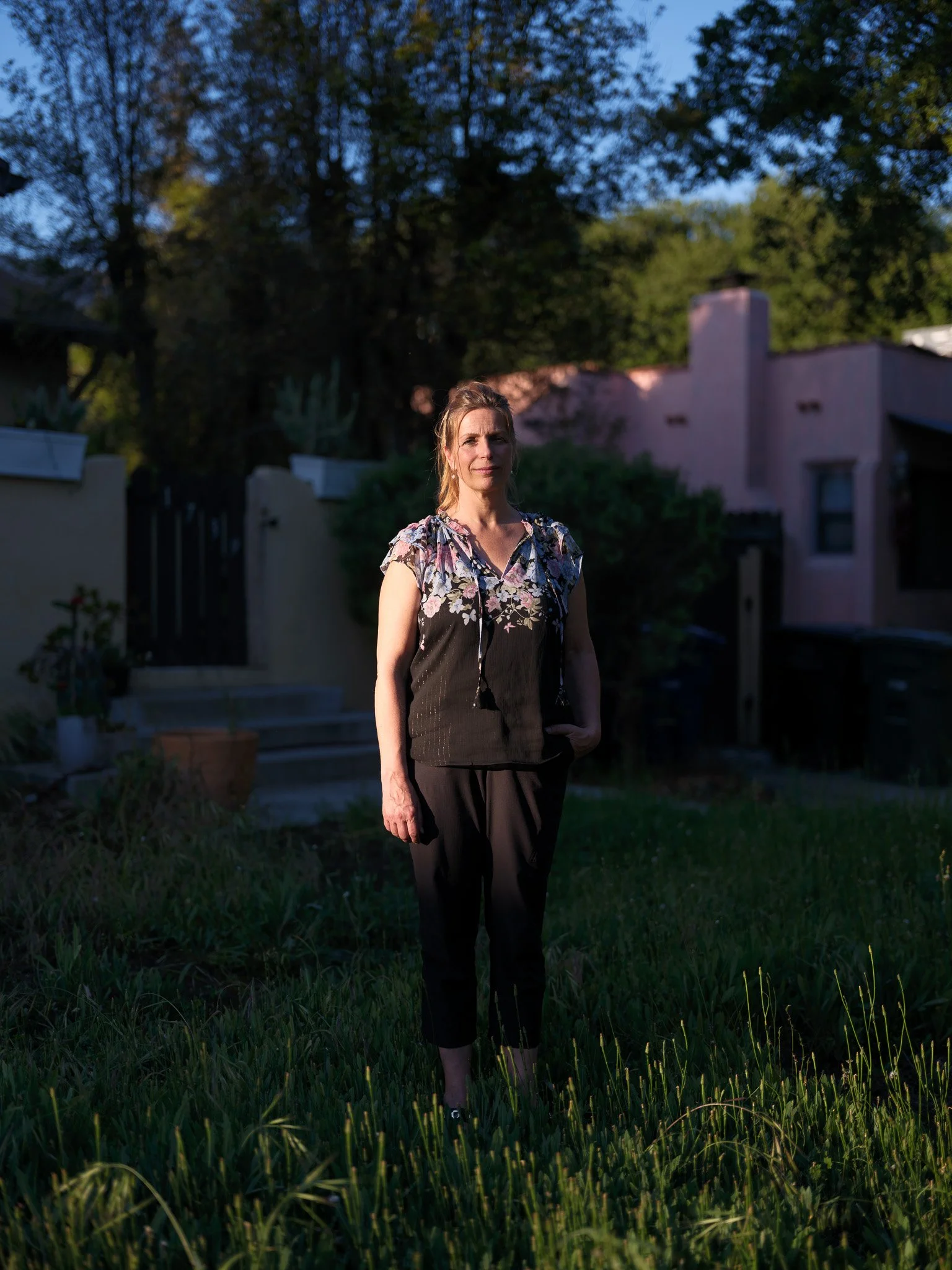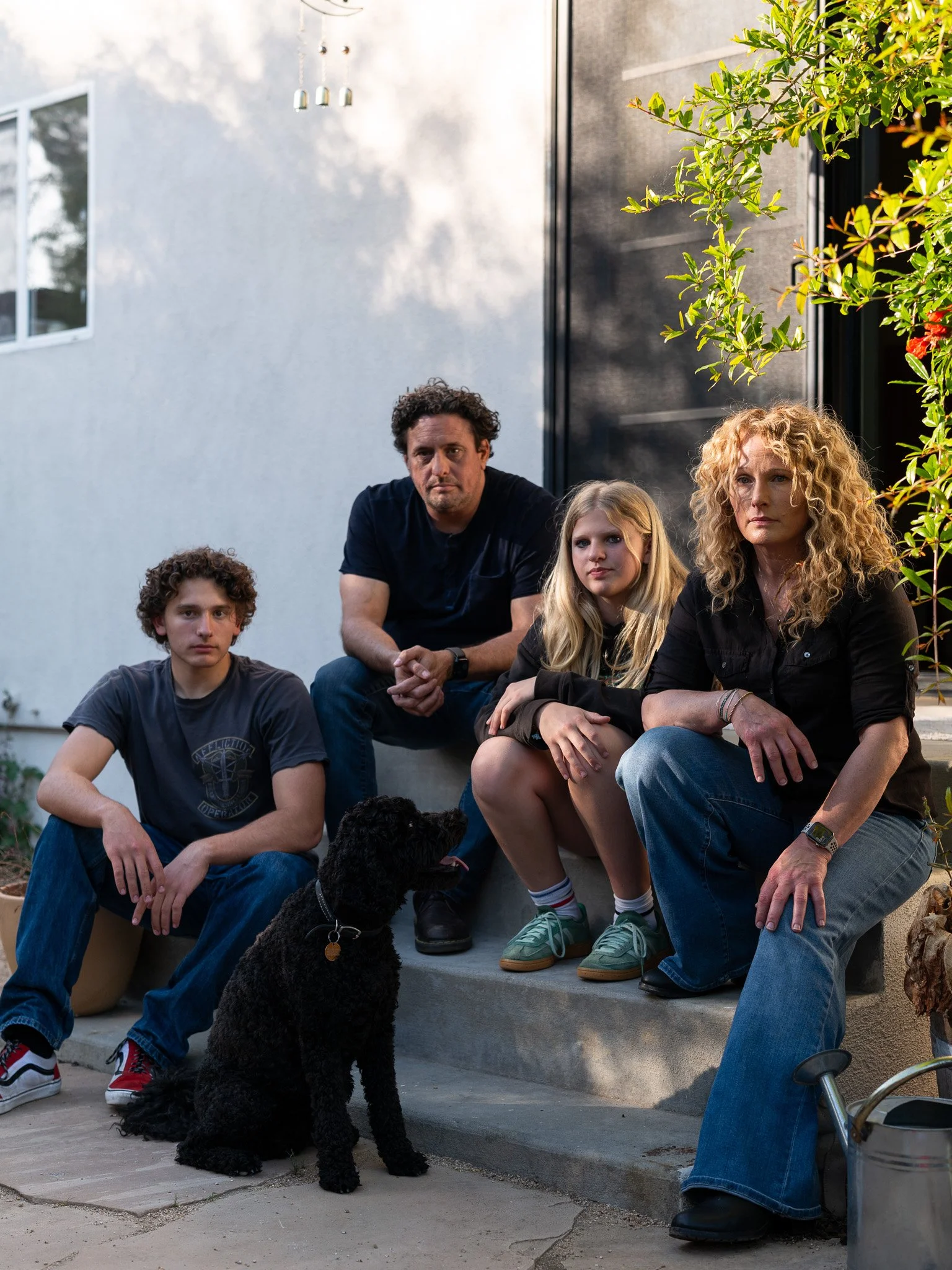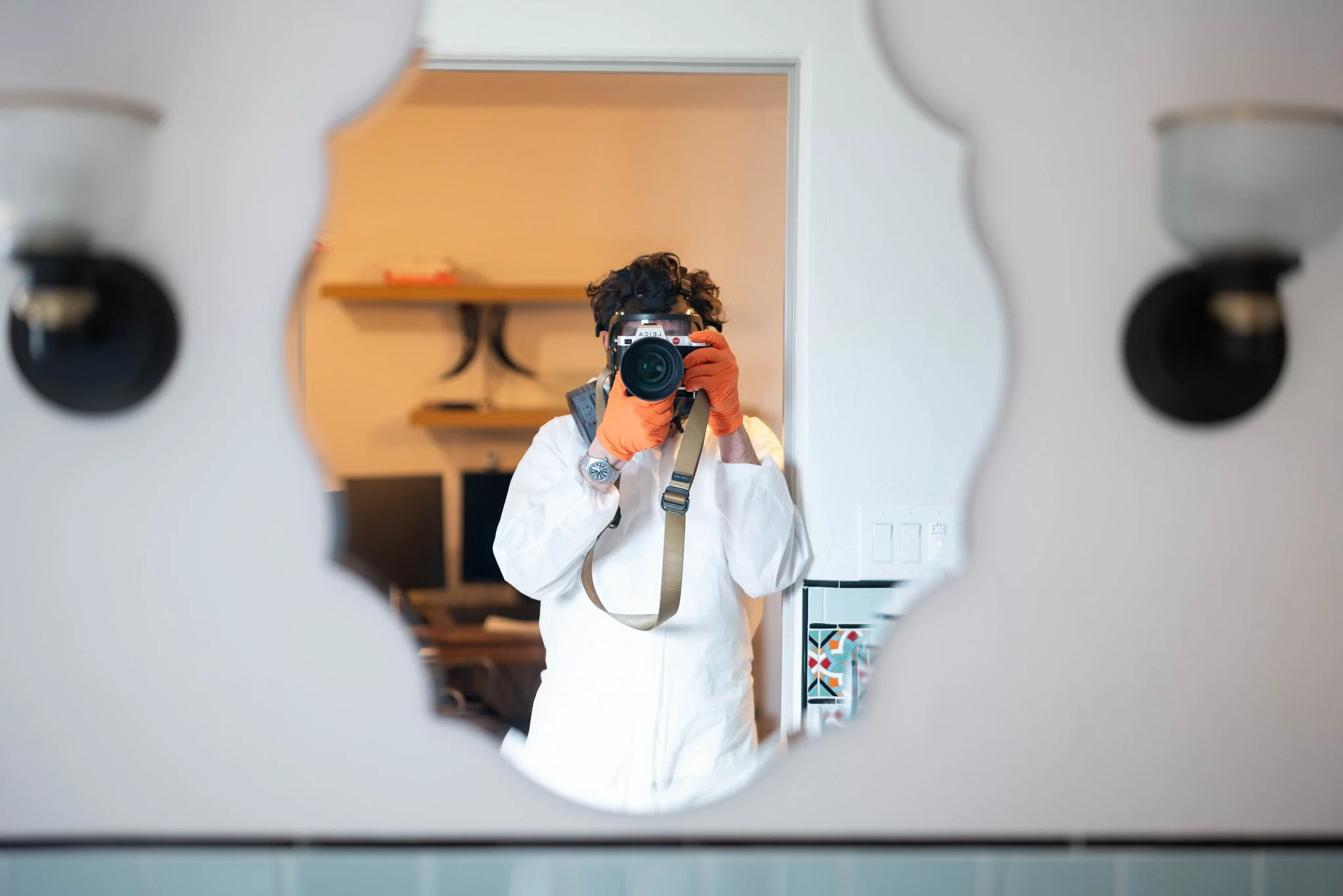NYT: Unsafe to Inhabit
I spent a few weeks in a Tyvek suit and respirator for a new story in The New York Times, a deep dive by journalists Blacki Migliozzi and Rukmini Callimachi into the potential health hazards lurking inside unburned homes in the areas devastated by the Eaton and Palisades fire this January. Drone footage was by Nick Kraus – he was great to work with.
Front page of NYT Real Estate section, July 6, 2025.
Following the fires this January, it seemed on first gloss that anyone whose house survived were impossibly lucky: they were the few whose beloved homes and the heirlooms and valuables inside were spared. Fast forward a few months, though, and it would appear that the inverse may be true. Insurance companies, in a bid to save themselves money, have been conducting only the most cursory tests for toxins, and thus many families with intact houses have moved back in, either because they had no choice or because they have been unaware or uninformed of the potentials risks.
Owners of destroyed houses by and large have a straightforward path of action: insurance cuts a check for a total loss, ruins are bulldozed, and homeowners are left with a blank lot to either rebuild on or sell. Those whose homes remain standing are left to do months of battle with their insurance companies, often without ever receiving compensation for damage that can be difficult to quantify. Every family we worked with on this story reported that dealing with insurance had become something of a full-time job, with at least one mother having no choice but to quit her day job to do battle for her family’s home.
It has troubled me for weeks that there are people who have already moved back into homes on the very same block: those homes, among the very few in the neighborhood not decimated by the fire, no doubt endured similar smoke damage and are very likely hotbeds of invisible toxins.
Among a chorus of voices urging caution and restraint in post-burn disaster areas has been industrial hygienist, Dawn Bolstad-Johnson. She has been a major voice in the space since she led the charge for always-on PPE for firefighters following 9/11—in Dawn’s expert opinion, you never hang out in an un-remediated burn zone building without protection. Period. Despite the high cost (and extraordinarily high effort) involved with her testing, Dawn’s services have been in huge demand across the two burn zones. I suited up and joined her inside one home in the Palisades, a roomy mid-century modern job, that was built by the grandfather of the current owner. Four generations have lived in the house, and despite devastating test results, the owners have decided that the cost of remediation is worth saving what they consider to be an heirloom. I shadowed Dawn through the house’s dark rooms, over piles of belongings left by the hurriedly-evacuated family, and into the house’s attic and crawl spaces to document her meticulous testing. The toxic ash and soot covering even the deepest crevices of the home made it seem, to my layman’s sensibility, like there could be no possible way this home could be saved short of a down-to-the-studs repair. It has troubled me for weeks that there are people who have already moved back into homes on the very same block: those homes, among the very few in the neighborhood not decimated by fire, no doubt endured similar smoke damage and are very likely hotbeds of invisible toxins.
Not only are the houses themselves repositories of dangerous toxins, but above a certain threshold, it becomes imperative that every item inside, from clothing and family photos to pianos and sofas, must be disposed of.
We photographed several homes and families that unfortunately didn’t make the cut for the story, but it was all a good learning experience nonetheless. It was eerie to spend time in these neighborhoods that, just a few months ago, were among L.A.’s nicest, most tranquil communities. It was even more surreal to be inside these homes, uncannily intact and beautiful, but with a coating of ash, debris and toxic dust that may be devastating to long-term health.
The Szamet family, in front of their beautiful Altadena home made uninhabitable by the Eaton fire.
Children’s playroom in an Altadena home, untouched since evacuation.
Swiss-American filmmaker and realtor, Korinna Sehringer, whose Altadena home was made uninhabitable by the Eaton fire also lost her car: it was totaled after Dawn discovered toxic levels of cyanide and heavy metals throughout its interior.
An Altadena family displaced by their contaminated home, in the backyard of a temporary residence elsewhere in Los Angeles.
Inside an Altadena living room, untouched since evacuation, with its windows still boarded up.
The Morrow family, displaced from their Altadena home and living in a temporary home in Los Angeles.
Suited up inside an Altadena home. Using a camera with a respirator and mask is no fun. Cool learning experience, though.
Big thanks to NYT photo editor Jessie Schwartz for having me, and to journalist Blacki Migliozzi for the thorough and thoughtful work.
Images for this story shot on Fujifilm GFX100 II, Leica Q3 43 and Leica SL2.
















